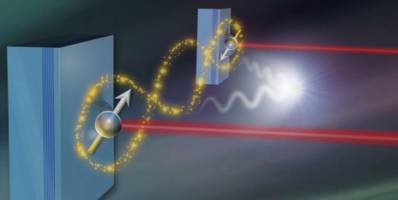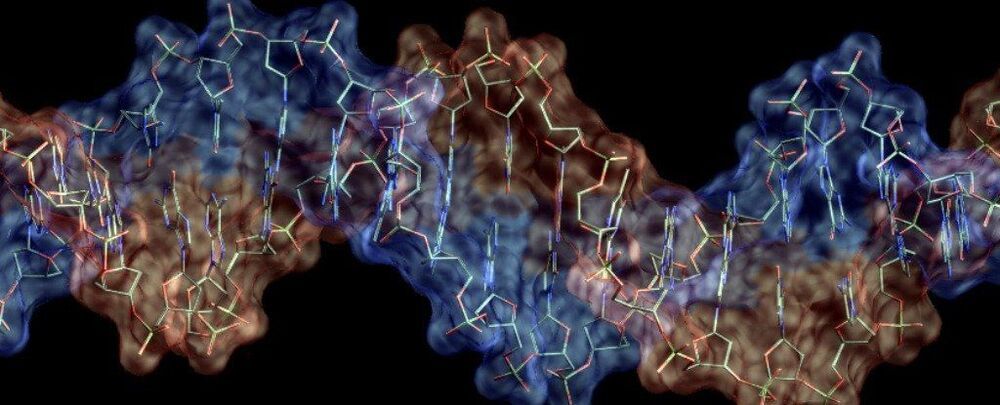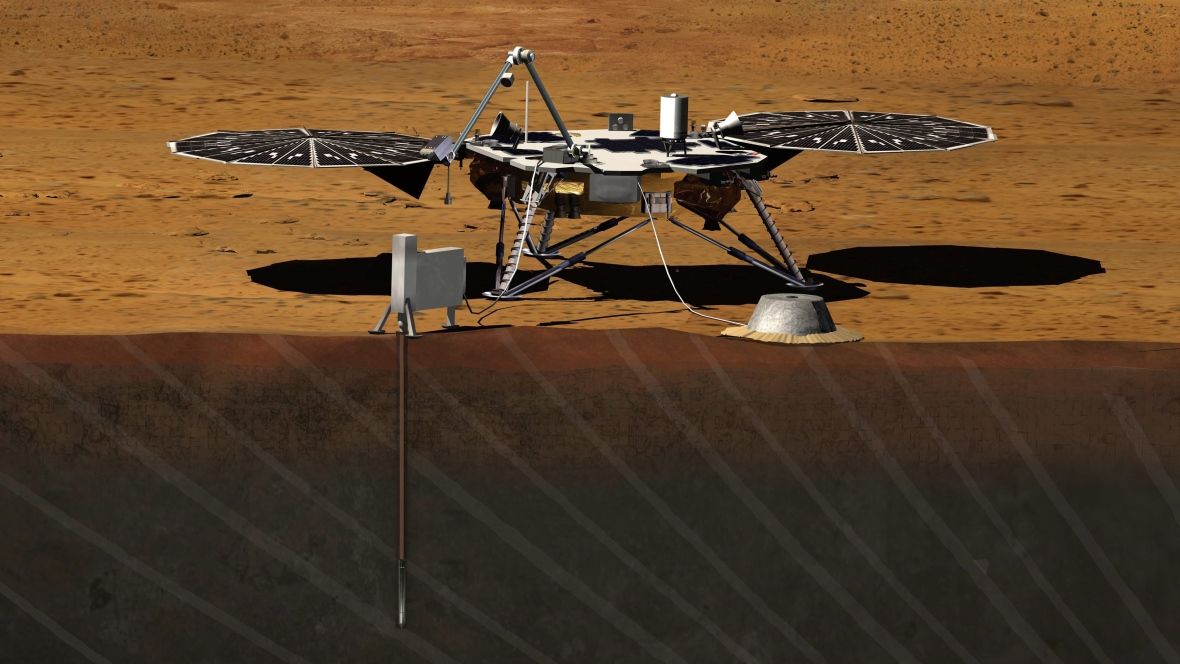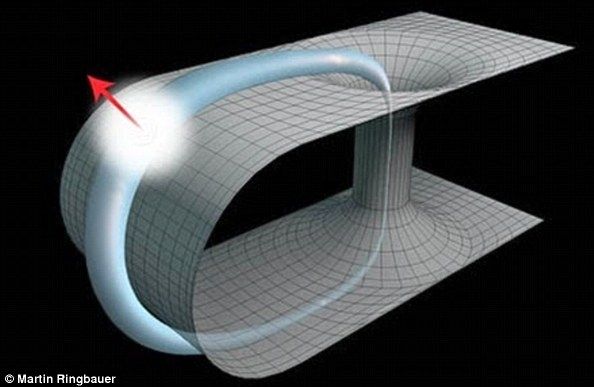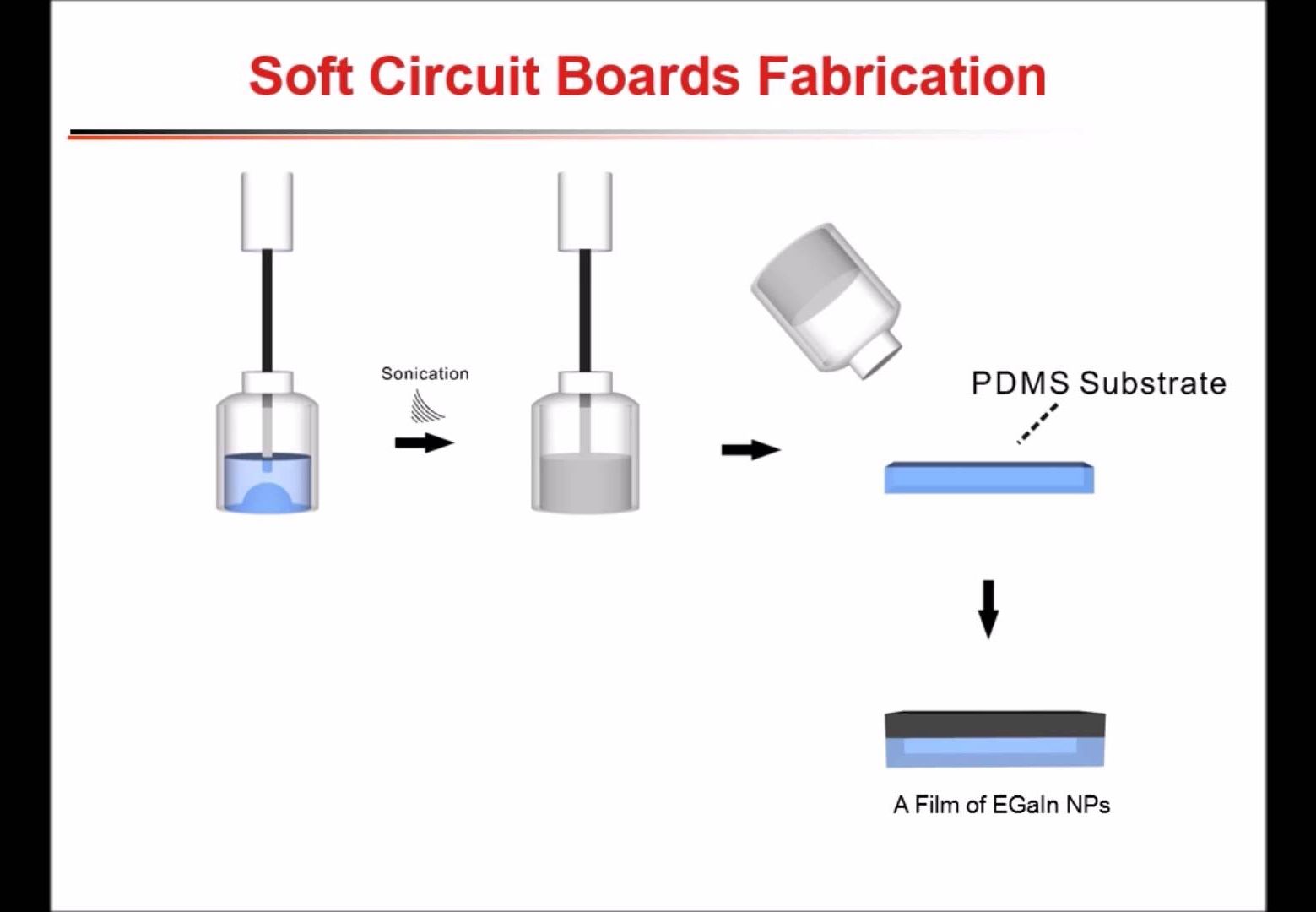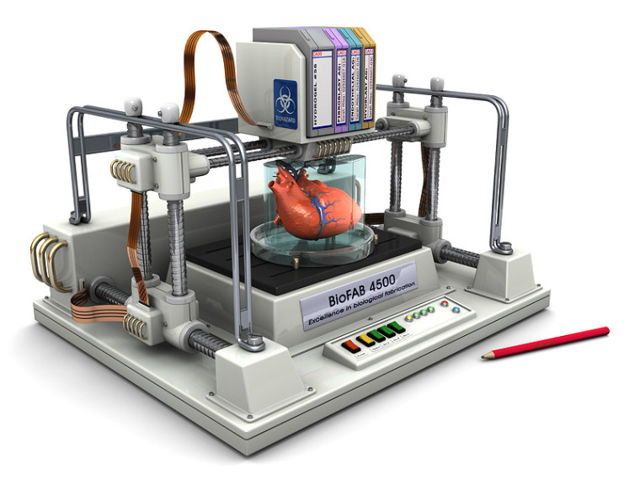Entanglement between distant quantum objects is an important ingredient for future information technologies. Researchers at the ETH have now developed a method with which such states can be created a thousand times faster than before.
Engineer Robert Grass says that though we believe information is here forever, it’s actually fragile. Hard drives and physical sources of information, like books, decay over time. In a video for the BBC, Grass describes his quest to find a method of preserving information that could be stable for millions of years. The secret is DNA.
In 2012, research showed that you could translate a megabyte (MB) of information into DNA and then read it back again. DNA has a language of its own, and is written in sequences of nucleotides (A, C, T, and G). Think of it as similar to binary, which breaks information down into ones and zeros.
And DNA has the advantage of being able to put an enormous amount of information in a tiny space. Theoretically, one gram of DNA could hold 455 exabytes of information. That’s “enough for all the data held by Google, Facebook and every other major tech company, with room to spare”, according to New Scientist.
West Yorkshire couple Laura Jacques and Richard Remde enlisted South Korean firm offering dog-cloning service for £67,000.
A U.S. science satellite slated to launch to Mars in March has been grounded due to a leak in a key research instrument, NASA said on Tuesday, creating uncertainty about the future of a widely anticipated effort to study the interior of the planet.
The spacecraft, known as InSight, was designed to help scientists learn more about the formation of rocky planets, including Earth.
The cancellation raises questions about the future of the research effort, as it will be another two years before Earth and Mars are favourably aligned for a launch. NASA has not said if it will have funding for the program, which was capped at $425 million US.
If a time traveler went back in time and stopped their own grandparents from meeting, would they prevent their own birth?
That’s the crux of an infamous theory known as the ‘grandfather paradox’, which is often said to mean time travel is impossible — but some researchers think otherwise. A group of scientists have simulated how time-travelling photons might behave, suggesting that, at the quantum level, the grandfather paradox could be resolved.
The research was carried out by a team of researchers at the University of Queensland in Australia and their results are published in the journal Nature Communications. The study used photons — single particles of light — to simulate quantum particles travelling back through time. By studying their behavior, the scientists revealed possible bizarre aspects of modern physics.
Part 3 in this video series on transhumanism. I talk about the #1 concern I hear about when advocating for overcoming death:
Presidential candidate Zoltan Istvan from the Transhumanist Party speaks to Ellie Zolfagharifard from DailyMail.com.
Major Mouse Testing Program
Posted in life extension
An interesting solution to testing combinations of compounds for longevity effects. As we move into implementing multiple approach therapies eg, SENS, which need several interventions we will need ways to measure their efficacy. Good to see people are thinking about this problem already.
Combination testing can it work? One of the MMTP collaborators Josh Mitteldorf suggests a way we might make it work.
Scientists have developed a way to produce soft, flexible and stretchy electronic circuits and radio antennas by hand, simply by writing on specially designed sheets of material.
This technique could help people draw electronic devices into existence on demand for customized devices, researchers said in a new study describing the method.
Rollins, who has a Ph.D. in veterinary medicine, took some time to talk about genetic engineering, the future of humanity and the ethical limits of science.
(This Q&A has been edited for length and clarity.)
Live Science: A quote from “The Bone Labyrinth” reads, “Research today has become more about seeing if something can be done versus judging if it should. It’s knowledge for the sake of knowledge, regardless of the impact on the world.” Is that you speaking? Is that what you personally believe?
3D printing in the medical industry isn’t new. We’ve seen companies 3D print prosthetics and even bones, but now a company in India has claimed to have developed 3D printable liver tissue, which they are hoping that one day will be usable for full-fledged liver transplants, although we suppose there will be quite a bit of legal and regulatory hurdles to overcome.
According to Pandorum Technologies, the company behind the technology, they claim that these 3D printed liver tissues are made of human cells and will allow for inexpensive medical research. This also means that reachers will need to rely less on human and animal trials. The entire process could also save companies millions of dollars which is usually needed in research and development.
Pandorum Technologies’ co-founder Arun Chandru said, “Our 3D bio-printed mini-livers that mimic the human liver will serve as test platforms for discovery and development of drugs with better efficacy, less side effects and at lower costs.” Apart from being used as test platforms, 3D printable liver tissue could also be used for other purposes.
